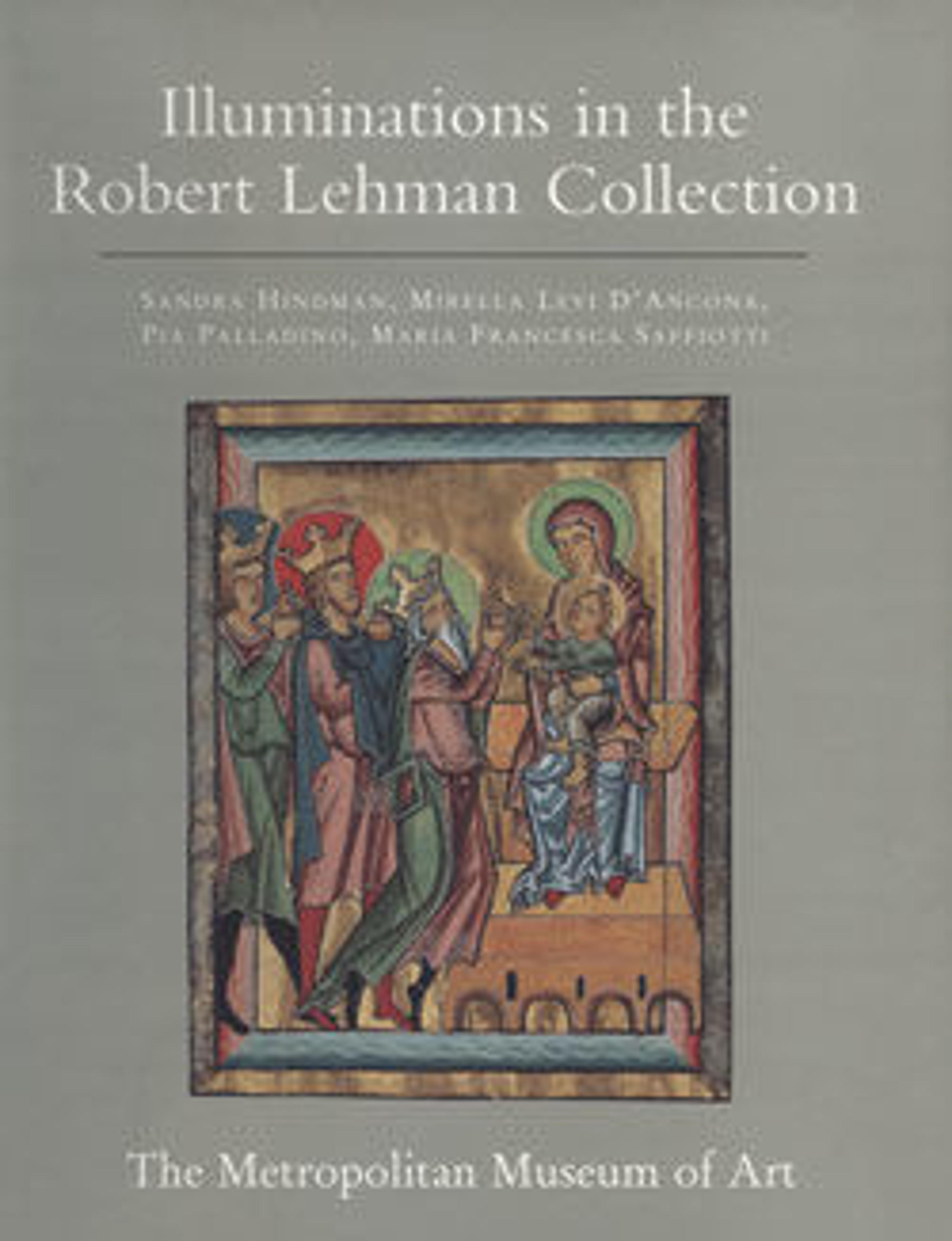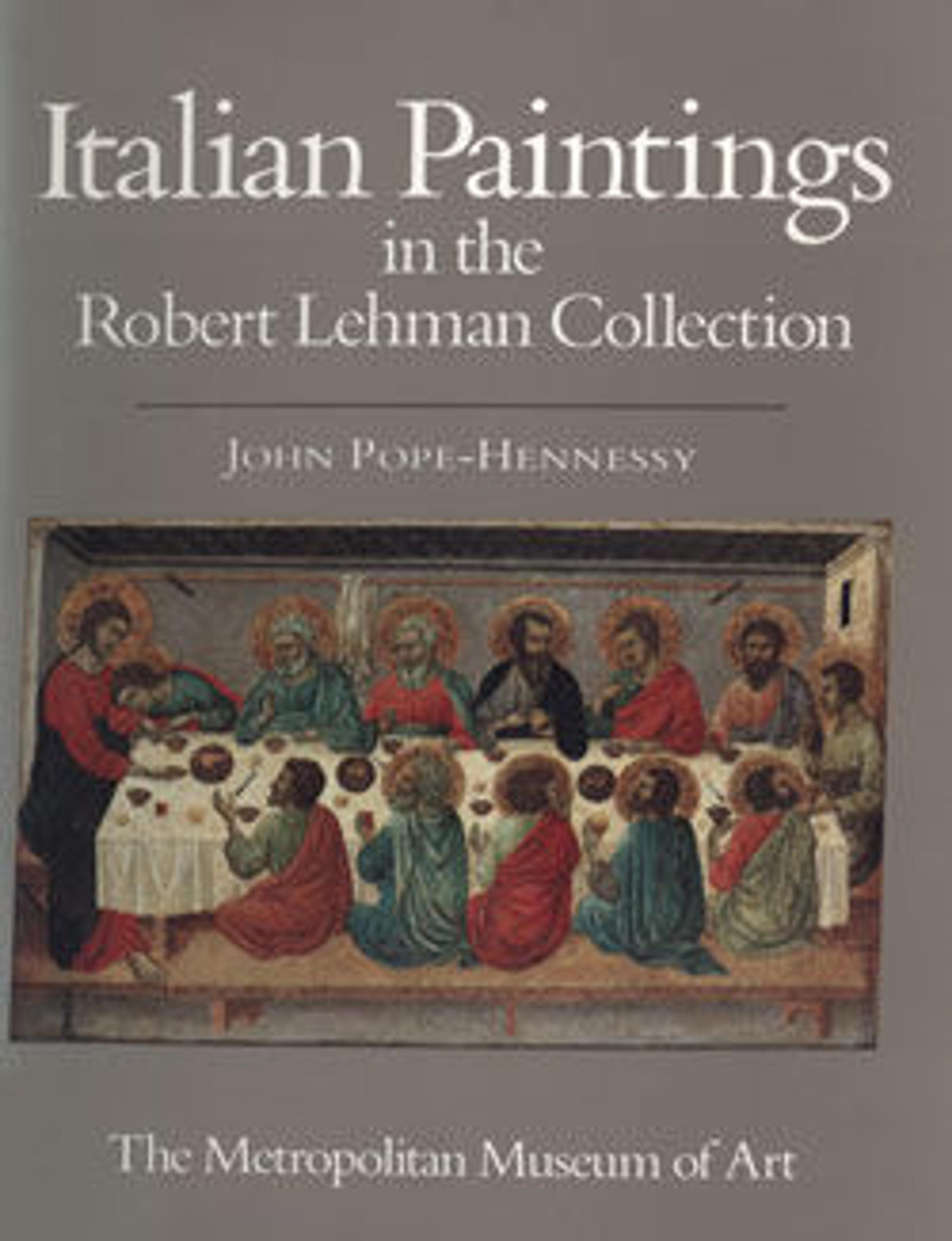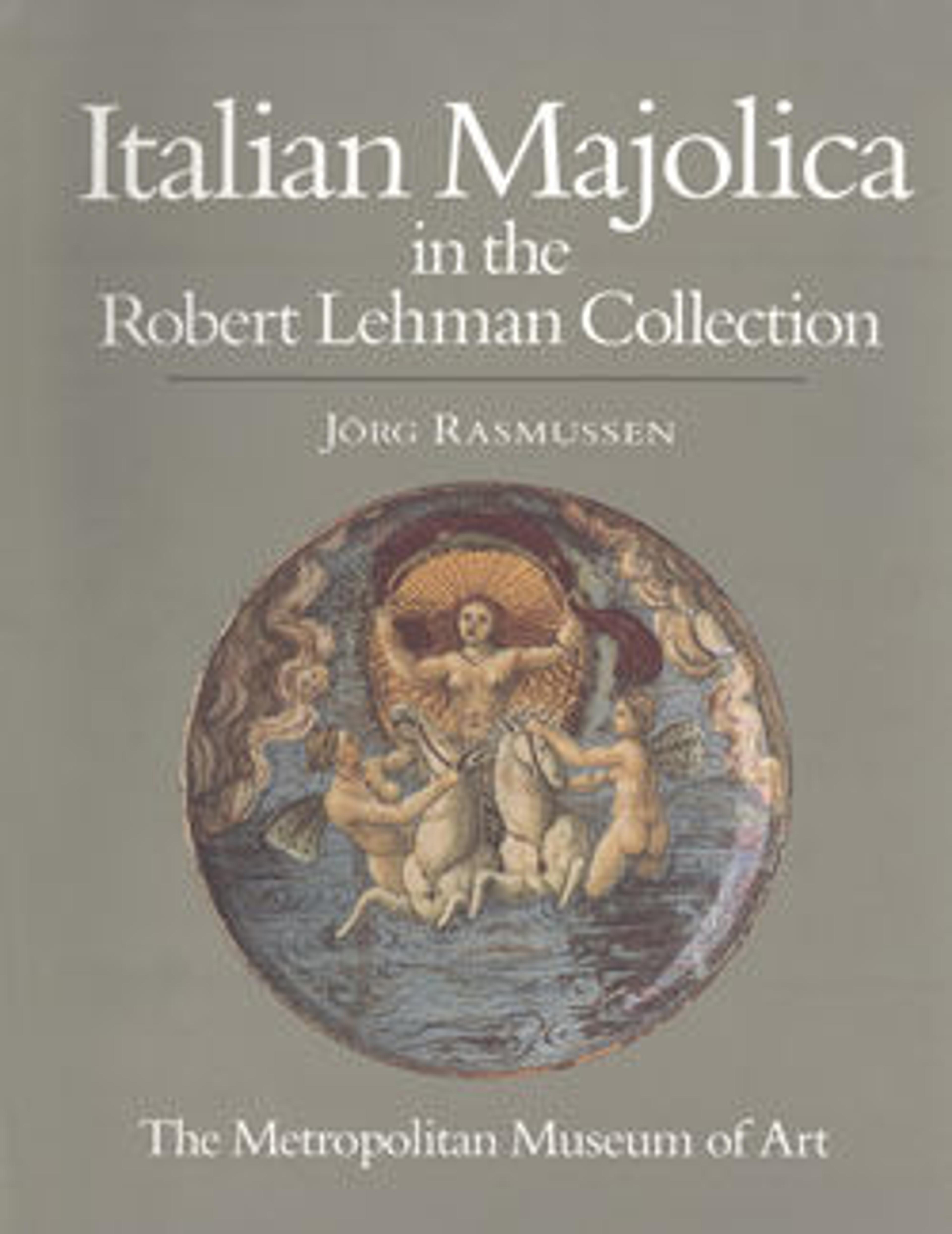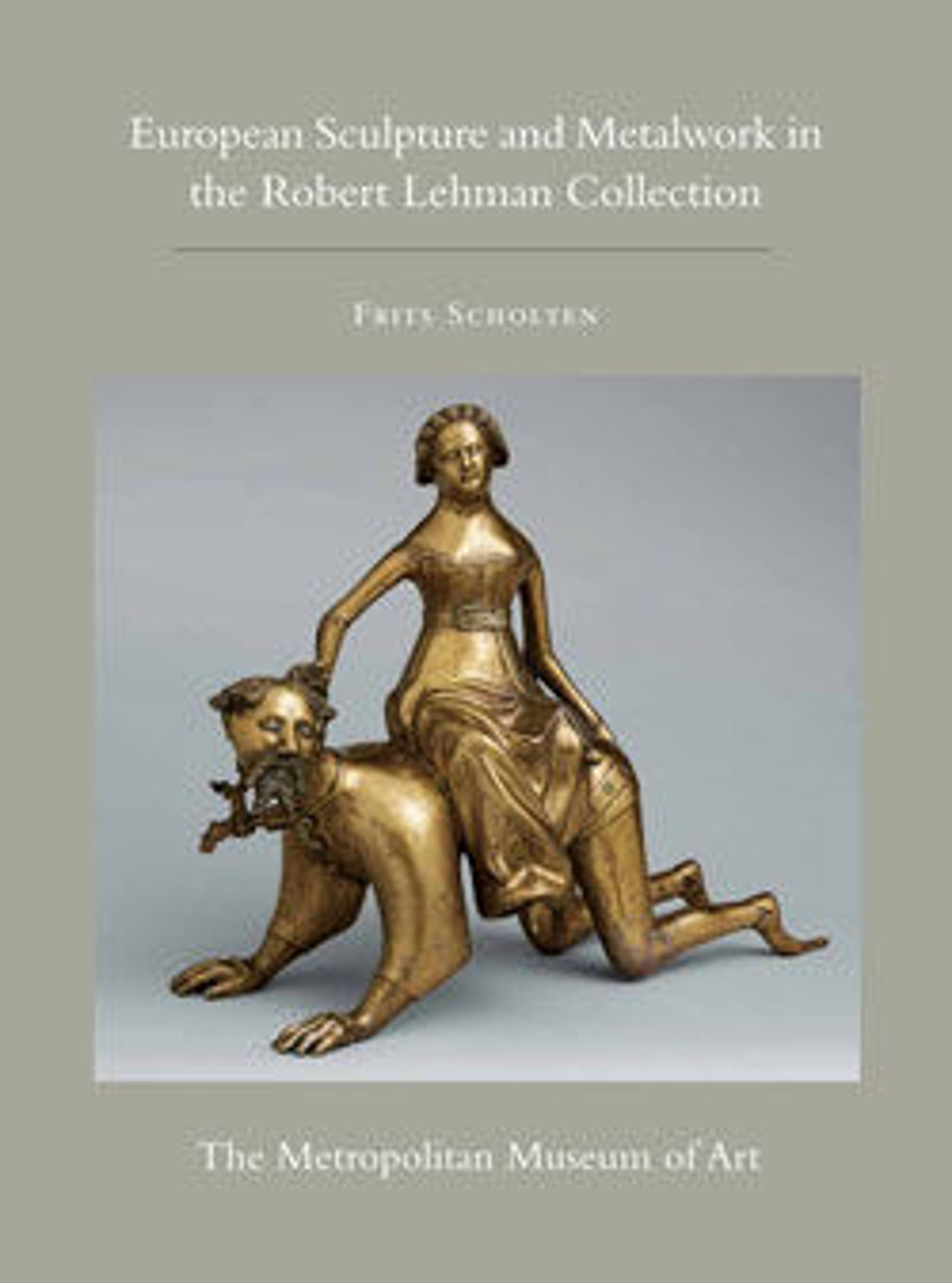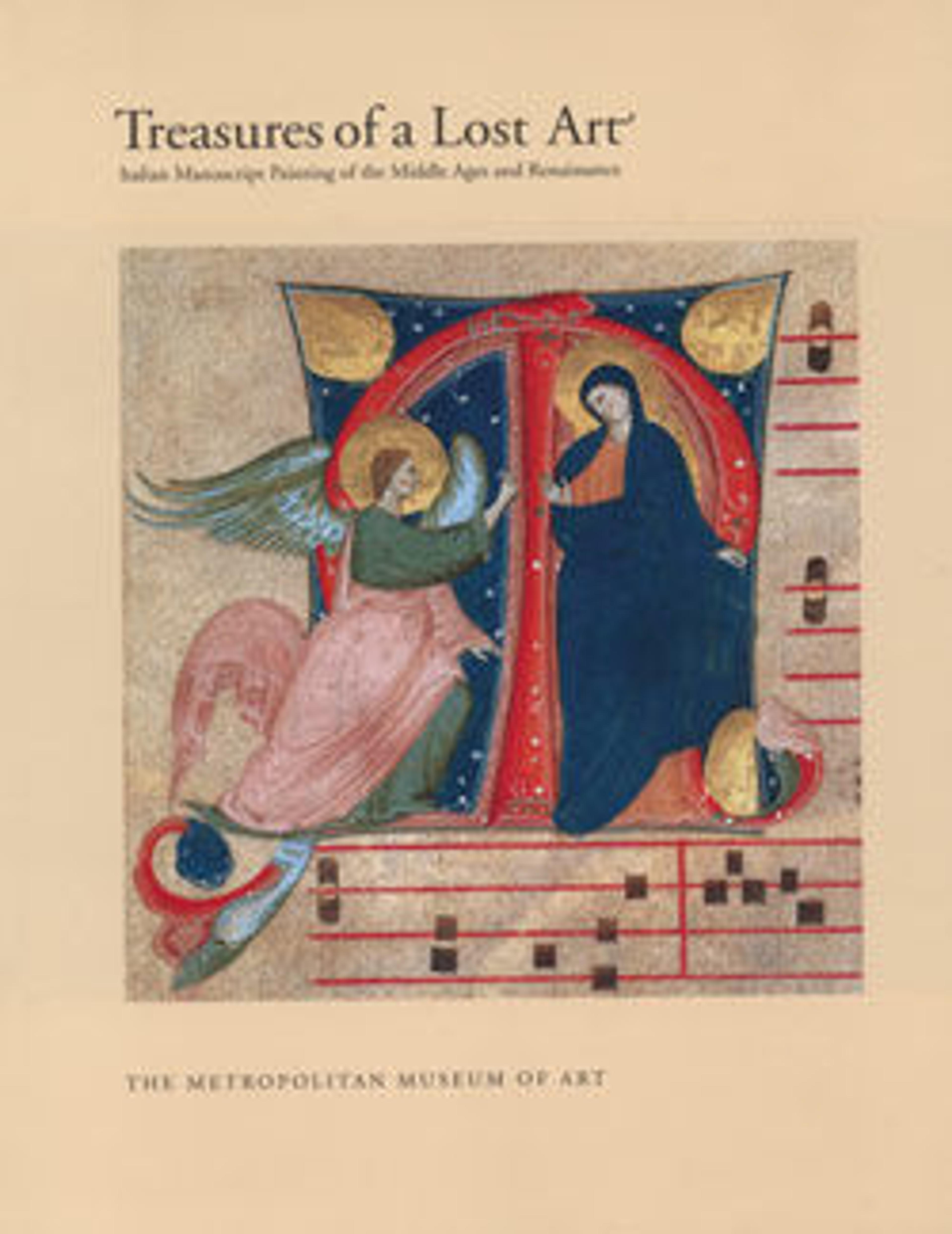
Treasures of a Lost Art: Italian Manuscript Painting of the Middle Ages and Renaissance
John Ruskin called manuscript illumination "writing made beautiful." Medieval artists transformed sober liturgical texts into exquisite treasures as they masterfully adorned or illustrated initials, decorated borders, and painted delicate miniatures in radiant "stained-glass" colors. But following the invention of printing in the middle of the fifteenth century, this exacting craft gradually became extinct. Preserved in bound volumes, and rarely exposed to light, even the greatest masterpieces of medieval and Renaissance illumination were seen by few outside the monasteries and churches for which they were created. It was not until the nineteenth century, after Napoleon's invasion of Italy and the dispersal of ecclesiastic and monastic libraries, that the preciousness and rarity of the painted page were once again appreciated. Then, the true "treasures of a lost art," the illuminated initials and leaves that once adorned choir books and hymnals, began to be collected in the same way as old master paintings.
Treasures of a Lost Art presents 144 leaves, cuttings, and illuminated manuscript fragments from the collection of Robert Lehman (1891–1969), one of the largest and most impressive private holdings of Italian manuscripts assembled after the First World War. Discussed here—with many of them handsomely illustrated in full color—are important examples of the major schools of illumination in southern Italy, Umbria, Tuscany, Emilia, Lombardy, and the Veneto. Previously unpublished, and perhaps even unknown to scholars, are works by some of the foremost Italian painters of the Middle Ages and Renaissance, including a leaf here attributed for the first time to the Sienese master Duccio di Buoninsegna and cuttings by Stefano da Verona and Cosimo Tura. Lesser-known artists, such as Neri da Rimini, Belbello da Pavia, and Girolamo da Cremona, once renowned for their beautifully illuminated volumes, are also discussed in full.
The author, Pia Palladino, assistant curator of the Robert Lehman Collection at The Metropolitan Museum of Art, painstakingly examines each leaf, cutting, and fragment and, through detailed, scholarly detective work, places it in the context of its origin—be it a magnificent set of choir books commissioned by a fifteenth-century Greek cardinal, a register of a notaries' guild, or a devotional object illuminated for a Medici pope. The result is a fascinating and thoroughly documented volume of interest to scholars, as well as to museum-goers, which will set a standard for catalogues of this kind.
Met Art in Publication
You May Also Like
Press the down key to skip to the last item.
Citation
Palladino, Pia. 2003. Treasures of a Lost Art: Italian Manuscript Painting of the Middle Ages and Renaissance. New Haven, Conn: Metropolitan Museum of Art, Yale University Press.
